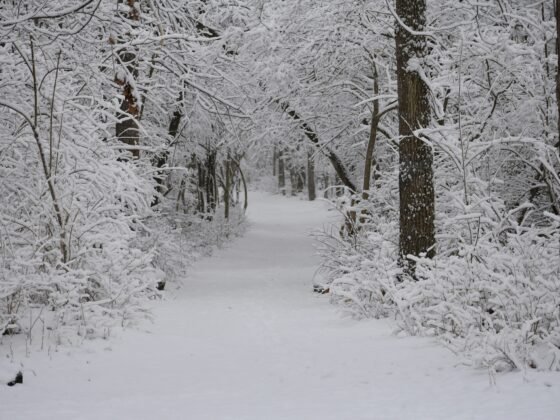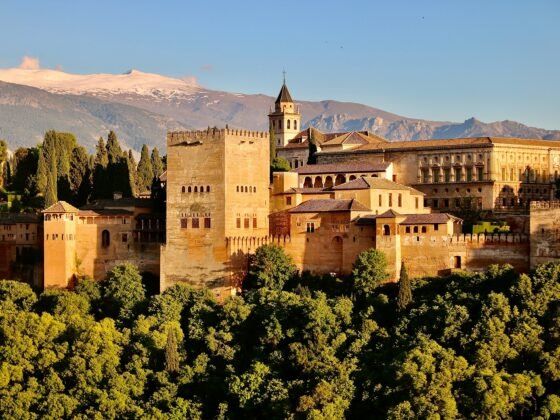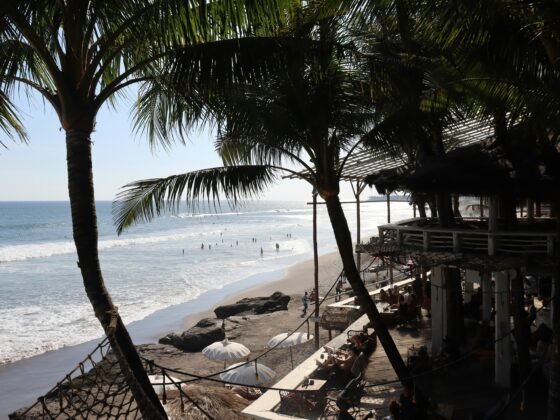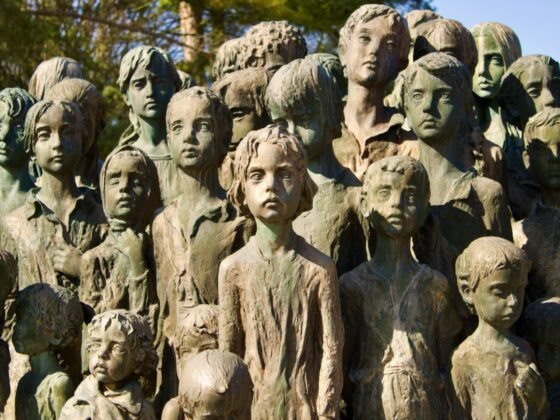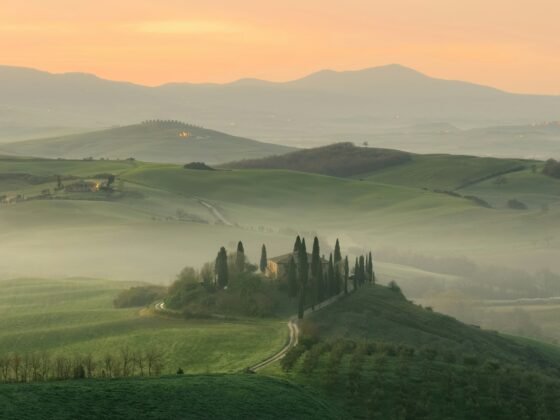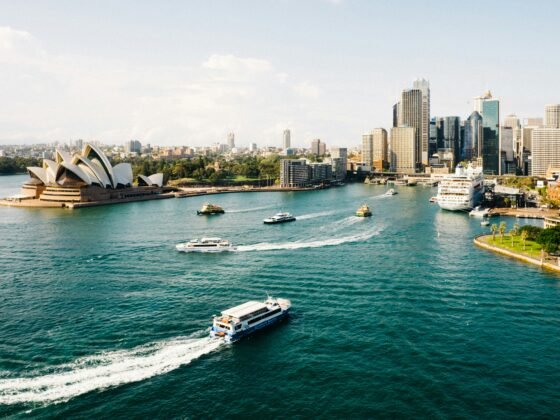East Asia is dominated by China both in size and in terms of culture. Many of the countries have roots in the ancient Chinese culture, which is evident in today’s heritage and historical legacy. Eastern Asia is made up of China, Hong Kong, Macau, Japan, Mongolia, North Korea, South Korea, Taiwan, Tibet and this is a brief guide to all nine destinations.
Walk the Great Wall in China
The most visited sight in China has be the Great Wall which was constructed 2000 years ago. Hundreds of thousands of workers spent 10 years building the mighty wall which stretches for 21,196 km (13,171 miles) through China. Designated a UNESCO World Heritage Site in 1987, the wall stretches from Shanhaiguan in Hebei province in the east to Jiayuguan in Gansu province in the west. Most tourists tend to walk the Badaling section of the wall and as a result it can get pretty crowded up there. Try walking the restored section at Mutianyu instead which has handrails along the steepest section. For a tougher climb, try tackling the sections at Jinshanling and Simatai, which are untouched, making it tough going in places but very rewarding. In the entire trek between the two points is about 10km. Watch the superb video above of a Jinshanling to Simatai trek which has captured stunning views!
Admire Hong Kong’s stunning skyline
Whether you choose to admire Hong Kong’s captivating skyscraper-laden skyline from high up Victoria Peak or from aboard a junk, one thing’s for certain; you’ll be blown away! Hong Kong officially has best skyline in the world with a total of 7,688 high rise buildings. Admire the tallest; the new International Commerce Centre which stands in Kowloon Harbour and opened in 2010 and at 118 floors (484m / 1,588ft) tall, this is the fifth tallest building in the world. After that follows IFC2 (Two International Finance Centre) where Batman leapt from in the Dark Knight movie, Central Plaza and the iconic glass-fronted Bank of China Tower. Catch the daily light show at 8pm where the buildings dance in multi-coloured lights, set to music.
Stroll around ancient Macau
The former Portuguese colony of Macau may be hugely popular thanks to its wealth of casinos (it’s the biggest gambling destination in the world, far surpassing Las Vegas!) but there is so much more to do. The historical center has a wealth of European and Portuguese influences, after the entire island was under Portuguese rule from the mid-16th century right until 1999. Explore the Macao Museum, the Guia Fortress which dates back to 1622 and the ruins of the 16th century Ruins of St. Paul’s Cathedral. The center of Macau is UNESCO inscribed and listed buildings include the A-Ma Temple, Nativity of Our Lady Cathedral and the Old City Walls.
Witness the stunning cherry blossom in Japan
Springtime is magical throughout Japan as the fragrant delicately-pink cherry blossom burst into life. Okinawa in the far south is blessed with blossom as early as January and Hokkaido in the north sees pink in May. Throughout the rest of Japan, March is a safe bet for optimal cherry blossom viewing. Head to the Ueno-kōen Park in Tokyo which has more than 1,000 cherry trees that burst into life annually.
Stay with a Mongolian family in a traditional Ger
Forget the fancy yurts that are popular on glamping holidays! Staying with a nomadic family, facing the harsh daily elements is the real deal! During your stay you’ll live like a nomad in the local ger (much like a yurt) and will be expected to help out with daily tasks such as herding animals, making yoghurt, milking goats, catching horses and gathering firewood. It’s tough and challenging – but so rewarding!
Explore the world’s most unique destination; North Korea
Few ever get the opportunity to glimpse daily life in the most mysterious country on earth; North Korea. With fewer than 2,000 travellers making the trip each year, this is certainly a once in a lifetime experience! Enquiries about North Korea trips have risen dramatically and when the situation calms (which we pray it does soon) there could be a mini-tourism boom. This is not the destination for independent exploration – in fact travellers must be accompanied by a guide at all times. But for those that do make the effort, the highlight is often cited as witnessing the spectacle that is the Mass Games, aka the annual Arirang Festival. More than 100,000 North Koreans perform synchronised dance, aerobics and gymnastics for the two month festival. Other things to do in North Korea include exploring the sites of the capital city Pyongyang, hiking the Mysterious Fragrant Mountain of Myohyang and visiting the site of the DMZ.
Get some sporting action in South Korea
With more than 1.5 billion views on YouTube, Gangnam Style put South Korea firmly on the map! But did you know that the country has also just been voted Asia’s Leading Sport Tourism Destination? This year South Korea hosts the Special Olympics Winter Games, the Asian Indoor and Martial Arts Games and the World Rowing Championships. Expect a rich sporting heritage and world-class facilities.
Admire the many temples of Taiwan
With lush mountains, buzzing cities and natural hit springs, Taiwan has a lot going for it. And with a rich cultural heritage, some of the most interesting buildings are the temples of the capital city, Taipei. Make a stop at the Mengjia Longshan Temple which was built in 1738 by Chinese settlers. Explore the Xingtian Temple, which is Taipei’s busiest and newest, built in 1967. And finally the Taipei Confucius Temple is typical of the style complete with Fujian-style decorations and was built in 1879.
Discover the exquisite Potala Palace in Tibet
The visa situation has been somewhat difficult to navigate in the last few years, but the highlight of a trip to Tibet has be a visit to the sacred Potala Palace. Standing majestically on the Marpori Hill overlooking Lhasa, the spectacular palace opened in 1649. Standing at 13 storeys high, the Potala Palace was home to every serving Dalai Lama since its construction. That was until the 14th Dalai Lama fled Tibet in the 1950’s. In total over 15,000 artists and workers and over 7,000 labourers constructed the palace which contains over 1,000 rooms.





